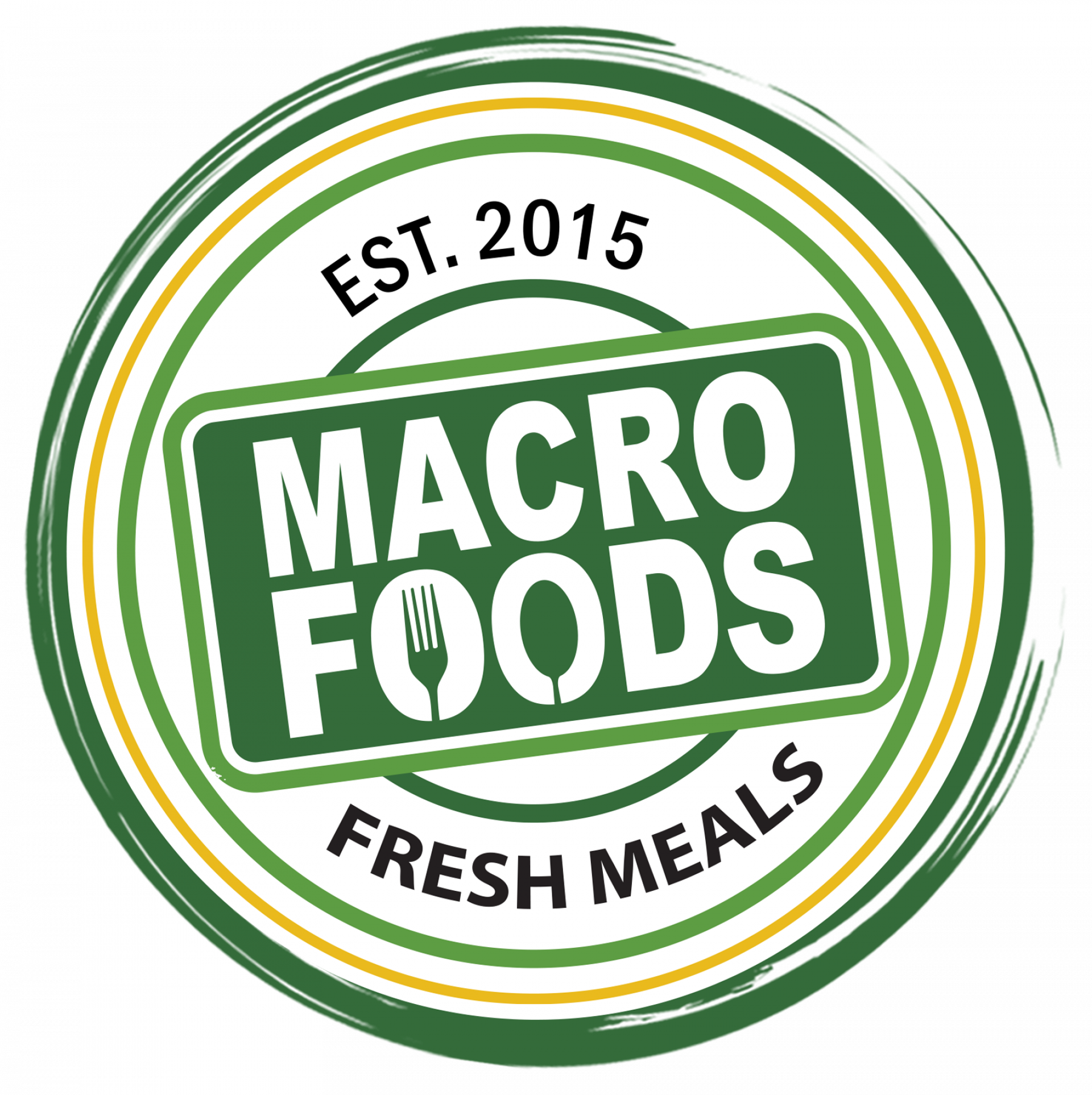
Key Highlights
- Labels that say "healthy" can sometimes trick us. They might hide sugars, bad fats, and fake ingredients behind health promises.
- MacroFoods.ca wants to help Canadians choose better food. They support a balanced diet that uses whole foods and clear labels.
- When we know how food companies market their products, like changing serving sizes and using unclear words like "natural," we can buy food that is better for us.
- This blog post will reveal the truth about misleading food labels. It will share useful tips for shopping smart in grocery stores.
- MacroFoods.ca will help you understand ingredient lists and focus on whole foods. They are here to support your goal of healthy eating.
Introduction
In today's busy world, finding healthy foods can be very tough. There are many confusing marketing claims and fancy packaging that can trick you into thinking some foods are good for you when they are not. That's where MacroFoods.ca can help. They give you the tools to see through misleading marketing and take charge of your nutrition. By learning how to read labels and make smart choices, you can build a path to better health and well-being.
The Truth Behind "Healthy" Food Labels
Have you ever been in a grocery store, confused by all the "healthy" labels on food packages? Many people feel that way. Food companies use smart marketing to catch your eye and influence what you buy. But these labels often do not share the complete story.
Exploring the truth behind these claims shows a different view. Words like "low fat" or "sugar-free" may sound good, but they can mean other not-so-great ingredients, like artificial sweeteners or bad fats. MacroFoods.ca wants to help you look past these flashy claims and give you the real facts.
Deciphering Common Health Claims on Packaging
To shop well at the grocery store, you need to know how food companies try to sell their products. One way they do this is by making health claims on packaging that can be misleading. These claims often focus on certain nutrients while ignoring important ones, giving a wrong idea about how healthy the product really is.
For example, if a label says a product is "high in fiber," it might also have a lot of added sugar. This fact usually doesn’t get much attention on the front of the package. Food companies use these tricks to make you think you are choosing healthy foods, but you might not be.
If you learn about these common tricks and pay close attention to labels, you can make better choices for your health. Remember, knowing the facts can help you find truly healthy foods.
Why "Low Fat" and "Sugar-Free" Aren't Always Better

The appeal of "low fat" and "sugar-free" labels is hard to resist. These words make people think they are making healthy choices. However, these claims often hide other bad ingredients.
When fat is taken out of food, it is usually replaced with extra sugar, fake sweeteners, or unhealthy fats. These replacements can keep the taste and texture but can lead to health problems like diabetes, obesity, and heart disease if consumed too much.
Don't be fooled by these marketing tricks. Checking the nutrition label and ingredient list can show what is really in the food. Whenever you can, choose whole, unprocessed foods to stay clear of these misleading labels.
MacroFoods.ca: Redefining Healthy Eating
Are you feeling confused by endless health claims and tricky marketing terms? You are not the only one. MacroFoods.ca aims to help you find clear answers in the complex world of healthy eating.
Our goal is easy to understand. We want to give people the knowledge and tools to make smart food choices. MacroFoods.ca focuses on whole foods, balanced macros, and clear labeling. We are here to help Canadians live healthy and sustainable lives.
From Creamy Pesto Chicken to Firecracker Salmon Bites: What Makes MacroFoods.ca Different?
At MacroFoods.ca, we think healthy eating can be tasty and fun. We love to offer a wide range of delicious food products made with fresh and wholesome ingredients.
Our menu has many great flavors, from the comforting Creamy Pesto Chicken to the bold Firecracker Salmon Bites. We plan our recipes carefully to be enjoyable and healthy. This way, you don’t have to give up flavor for health.
Here’s what makes MacroFoods.ca special:
- Focus on Whole Foods: We choose nutrient-rich foods. We use lean proteins, whole grains, and lots of fresh veggies.
- Transparent Labeling: No need to struggle with long ingredient lists! We clearly show all ingredients and nutritional details. This way, you know exactly what you are eating.
- Convenience Without Compromise: We understand life can be hectic. Our ready-to-eat meals make healthy eating easy, offering you quick and nutritious choices for your busy life.
The Role of Balanced Macros in Your Diet

Balancing your macros is key for good health. The three main nutrients in food are carbohydrates, protein, and fat. Each macro has its own job in the body. They help with energy, muscle growth, and hormone balance.
Eating a good mix of macros, based on your personal needs and activity, can help keep your blood sugar steady. It can also reduce unhealthy cravings and support healthy weight management. Remember, calories alone don’t give you the full picture.
Choosing foods packed with nutrients and making sure you get enough of all three macros will help your body get the care it needs to feel good, both physically and mentally.
Unmasking Marketing Gimmicks in the Food Industry
The food industry is known for using many marketing tricks to influence what people buy. This includes shiny packaging and smart health claims that can confuse you.
If you learn about these marketing tricks, you can read food labels more carefully. Your knowledge is the best tool you have against misleading marketing.
The Misleading Nature of Serving Sizes
One of the most prevalent marketing ploys used by food companies is manipulating serving sizes. By setting unrealistically small serving sizes, companies can make products seem healthier than they are.
A quick glance at the nutrition label might appear promising, but always remember to check the serving size. A single-serving package might actually contain multiple servings, instantly multiplying the calories, sugar, and fat content.
Consider this example:
Product | Advertised Serving Size | Actual Servings per Container |
Flavored Yogurt | 1 cup | 2 |
Bottled Iced Tea | 1 bottle | 2 |
Microwave Popcorn | 1 bag | 2.5 |
This tactic, widely used across various food and beverage categories, often leads to unintentional overconsumption, contributing to weight gain and other health issues.
How Terms Like "Natural" Mislead Consumers
“Natural” is a word that brings to mind good and healthy food from nature. But in food labels, the term does not mean very much.
The USDA gives a weak definition of "natural," which lets food companies use the word even if their product has added sugar, high-fructose corn syrup, or fake flavors. For example, a yogurt labeled "natural" may have very little real fruit and instead have a lot of sugar and artificial flavors added.
Don't be tricked by the “natural” label. Instead, pay attention to the list of ingredients. Look for whole food ingredients that you recognize. Stay away from products with fake additives, even if they say they are “natural.”
Smart Shopping Tips for Truly Healthy Foods

Going through the grocery store doesn't have to be hard. If you know what you need, you can easily choose healthy foods.
Having sharp observation skills helps a lot. Read labels carefully. Choose whole food ingredients. Understand how marketing can trick you. This way, you can make smart choices that help you stay healthy.
Reading Labels: What to Look For and What to Avoid
Reading labels is very important for making smart food choices. Start by looking closely at the ingredient list. Find short, easy-to-read ingredients that you can say out loud. Stay away from products that have a long list of ingredients, especially ones that sound complicated.
Watch for added sugars, as they can use different names like high-fructose corn syrup, dextrose, and maltose. Choose dairy products that do not have antibiotics and hormones when you can. Pick lean sources of protein and choose whole grains instead of refined grains.
Keep in mind, the fewer the ingredients, the more natural the food is. Generally, this means it is better for you.
The Importance of Whole Foods Over Processed Options
Prioritizing whole foods is the key to a healthy and sustainable diet. Whole foods are those that have been processed as little as possible and are close to their natural form. These foods are full of important nutrients, fiber, and antioxidants that our bodies need to be healthy.
Enjoy a variety of colorful fruits, vegetables, whole grains, legumes, nuts, and seeds. These foods are great sources of vitamins, minerals, and phytonutrients. They help support many things, like your immune system and heart health.
No matter if you eat a vegan, vegetarian, or omnivorous diet, making whole foods the base of your meals is an easy and effective way to improve your health and well-being.
Conclusion
MacroFoods.ca helps you understand the tricky world of "healthy" food labels. They guide you to make better choices. By explaining common health claims, they highlight the importance of a balanced diet. This way, they change how you think about healthy eating. Forget about confusing serving sizes and unclear words like "natural." With useful shopping tips and a focus on whole foods, MacroFoods.ca helps you choose truly healthy options. Sign up now to start your journey toward healthier eating and to see through the marketing tricks in the food industry.
Frequently Asked Questions
What does "organic" really mean on a label?
"Organic" on a label means that the ingredients come from farming methods that follow USDA organic rules. These rules aim to prevent the use of synthetic pesticides, fertilizers, and GMOs. However, just because a product is "organic" does not mean it is always "healthier."
Are foods labeled "non-GMO" healthier?
Foods marked as "non-GMO" are not always healthier. This label just means the product does not have any genetically modified organisms. Many studies show that GMOs are safe to eat and are similar in nutrition to non-GMO foods.
How can I tell if a "healthy" snack is actually good for me?
Don't let flashy packaging or tempting health claims fool you. Flip the snack package over and check the nutrition label. Focus on the calories, saturated and trans fats, added sugars, and sodium levels. Pick snacks that are lightly processed and have ingredients you can recognize.
Can meal prep services like MacroFoods.ca improve my diet?
Meal prep services like MacroFoods.ca can really help you eat better. They provide a simple way to get tasty and healthy meals. This can make it easier for you to choose good nutrition, even when life gets busy.








